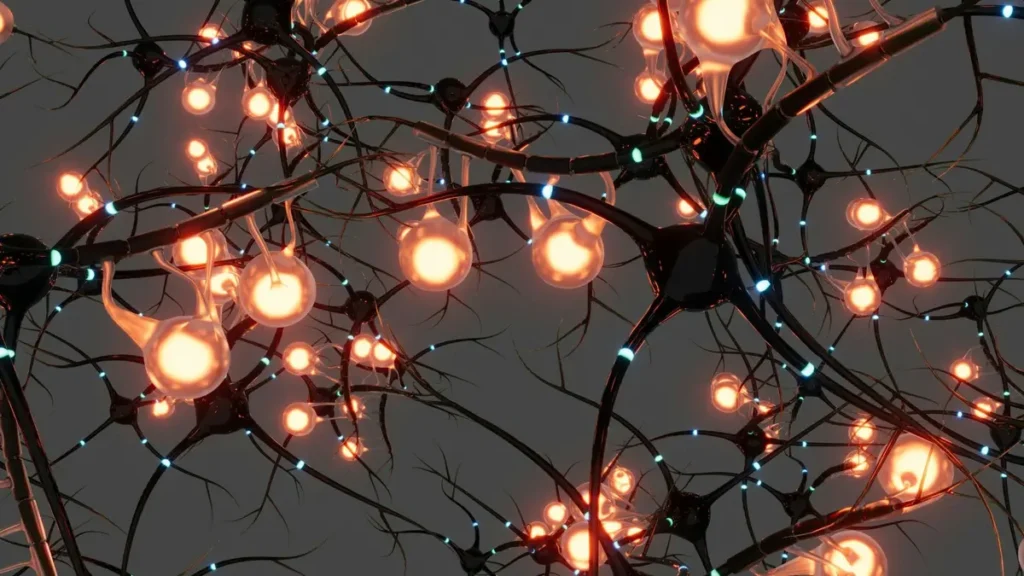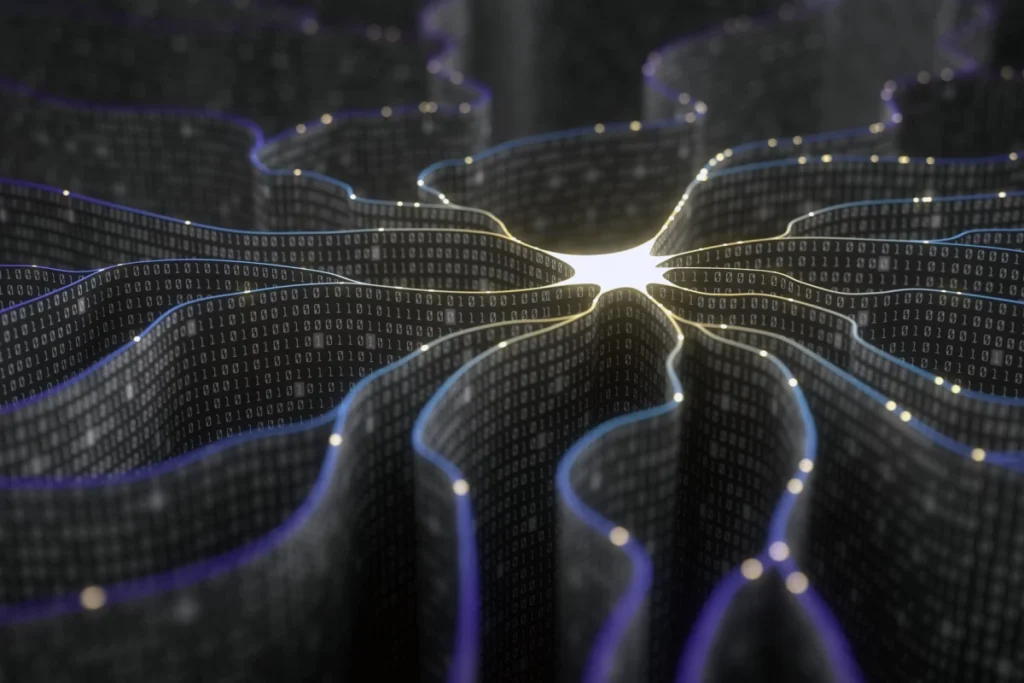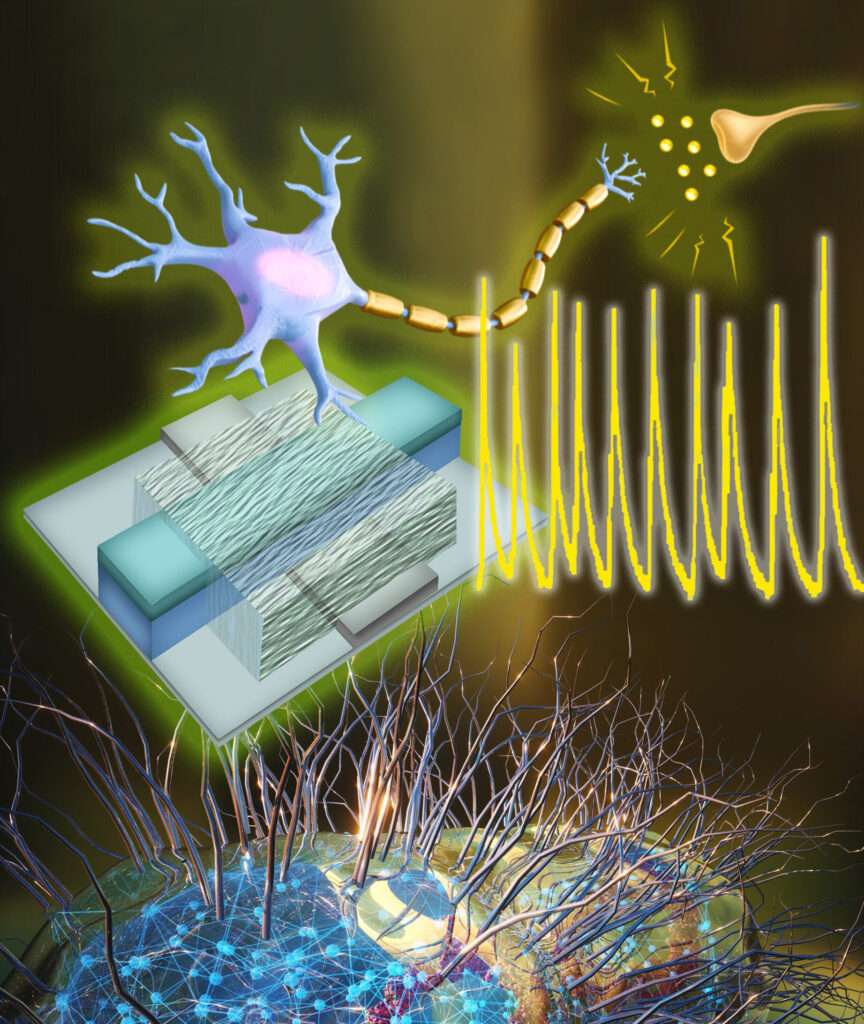A team of engineers at the University of Massachusetts Amherst has announced the creation of an artificial neuron with electrical functions very similar to those of biological neurons. Building on their previous work using protein nanowires synthesized from electricity-generating bacteria, the team’s discovery means that in the future we may see immensely efficient computers built on biological principles that could interact directly with living cells.
The human body is more than 100 times more electrically efficient than a computer’s electrical circuitry. The human brain is made up of billions of neurons, specialized cells that send and receive electrical impulses throughout the body. The human brain consumes about 20 watts, while a large artificial intelligence model can consume more than a megawatt of electricity to perform a similar task. This huge gap in efficiency is what researchers hope to fill with their new design.

Although electrical and computer engineers have long been interested in using artificial neurons as circuits for more efficient computers, the problem has always been how to keep their voltage low enough.
There is a wide range of applications for the new neuron presented by Shuai Fu, a graduate student in electrical engineering, and Jun Yao, associate professor of electrical and computer engineering at UMass Amherst, from redesigning computers based on bio-inspired principles and much more efficient ones to electronic devices that could communicate directly with the human body.
The study was published by Nature Communications.

Written by: Eduardo Quive



